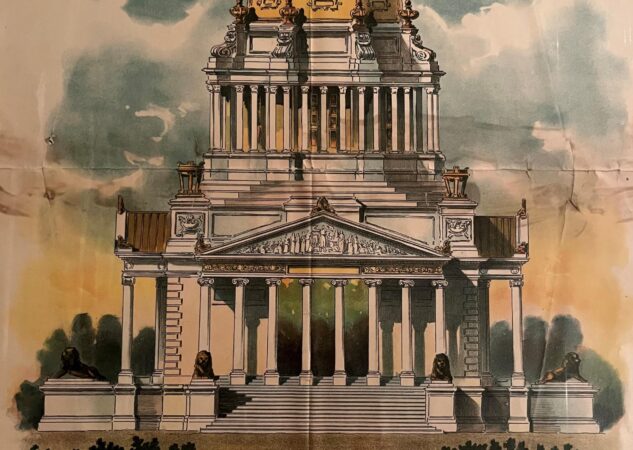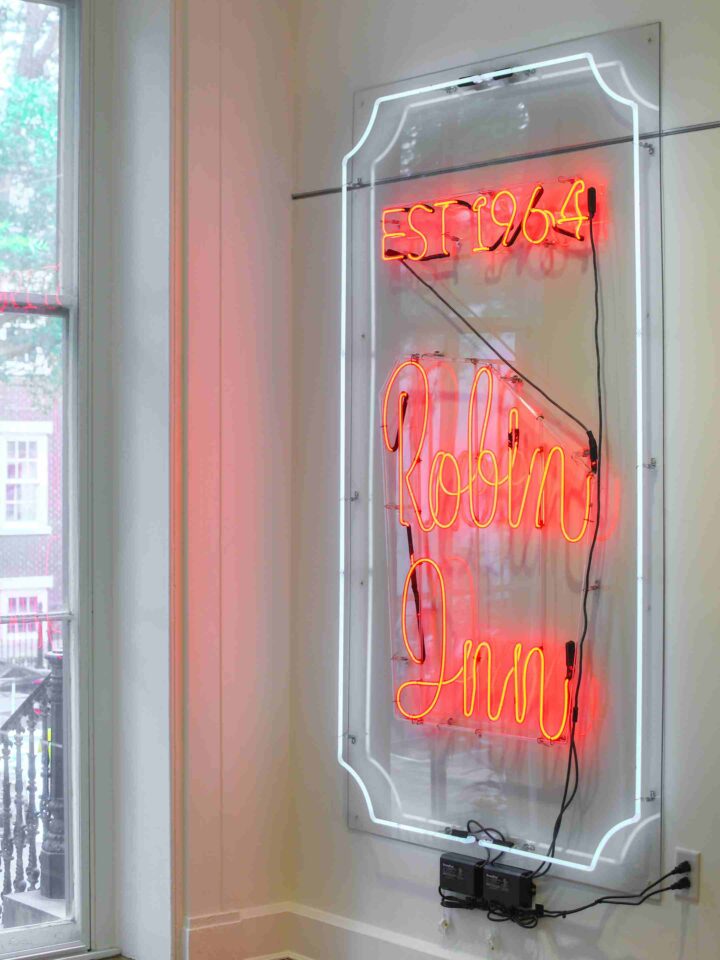
Featured Stories
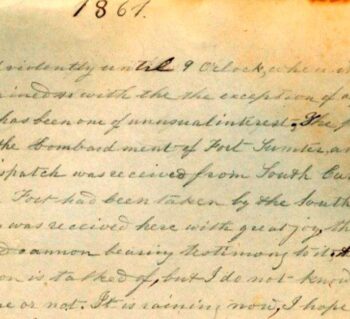
Civil War Diary
Diary entry from an unknown woman living in Richmond during the Civil War.
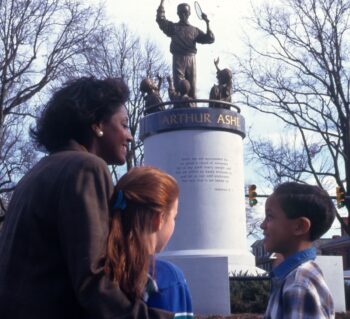
Monument Avenue: Arthur Ashe Monument
The Arthur Ashe Monument on Richmond’s Monument Avenue is now the road’s only monument. It is also the newest addition.
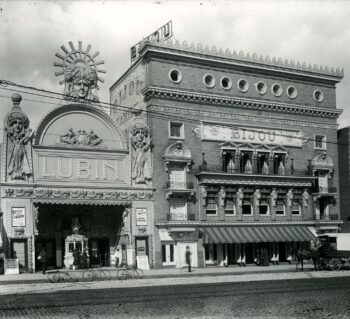
Scandals in Richmond’s Theater Scene
Theater has played an important role in Richmond history. From its architecture to its scandals, there’s no lack of drama here in the archives.
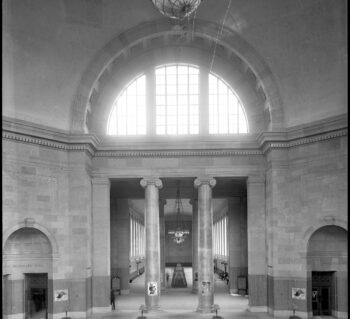
Broad Street Train Station
Broad Street Train Station was designed by John Russell Pope, who also created designs for the Branch House on Monument Avenue and the Jefferson Memorial, National Gallery of Art, and National Archives in Washington, D.C.
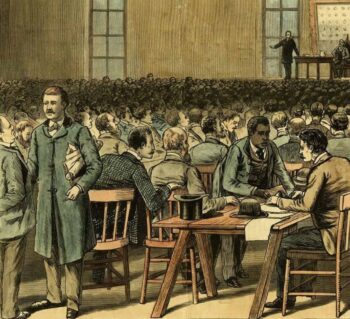
Knights of Labor
A new labor model was needed to address the changing economic landscape. That model could be found in the Noble and Holy Order of the Knights of Labor. Founded in 1869, it slowly evolved and expanded its mission and leadership so that by 1879, it was poised to harness the rising frustrations of the working class.
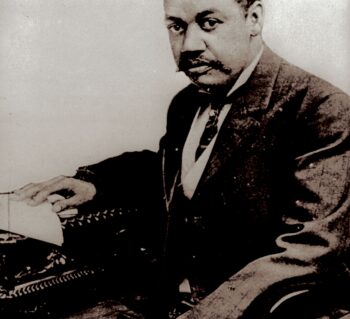
Voting Richmond: The Lily White and the Lily Black Ticket
The 1920s was a moment in our city’s history where issues of voting, race and power converged in surprising and transformational ways.
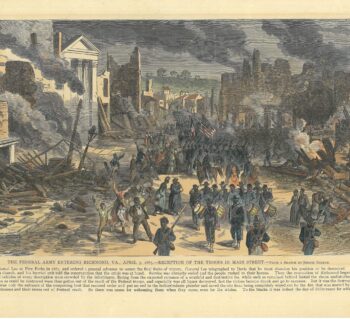
Black Troops at New Market
Did you know that when fleeing Confederates set fire to Richmond’s warehouse district and evacuated the capital in 1865, the U.S. Colored Troops were some of the first Union soldiers to arrive?
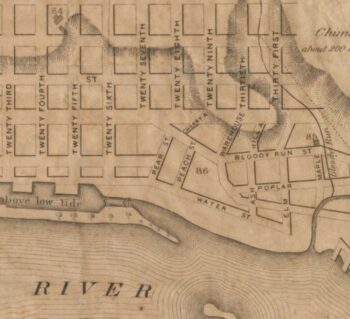
Battle of Bloody Run
The Battle of Bloody Run was a colonial battle that took place in Richmond 364 years ago in the Church Hill area.
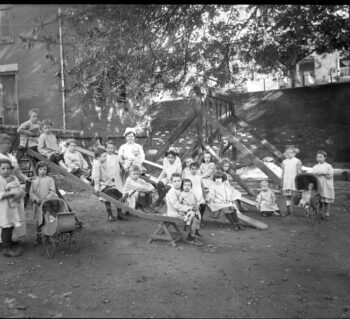
Belle Bryan Day Nursery and the Richmond Women’s Christian Association
All mothers work. But the title of “working mother” is now associated with contemporary history, tied to women’s employment. But mothers have always worked outside the home, especially mothers from poor households. Here in Richmond, major industries thrived on the exploitation of largely women workforces, both Black and white.
